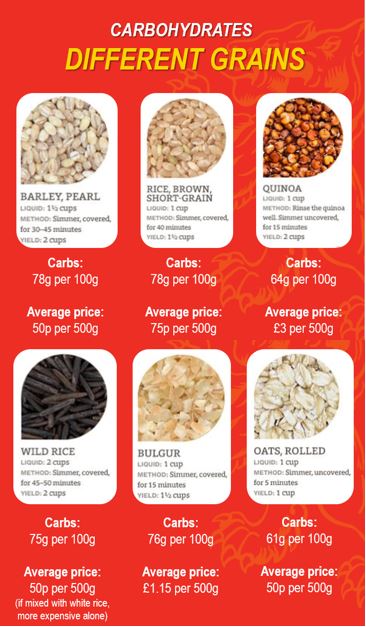Hitting your protein goals this summer
Recommended daily protein intakes are higher for exercising individuals. Protein is needed for good health, recovery and for building and maintaining lean mass (muscle mass)!
How much protein do I need?
It is generally recommended that exercising individuals get 1.5 – 2.5 grams of protein per kilogram of body weight each day. So, for a 70kg person, this would be 105 – 175g of protein per day. Whether said person aims for 105g or 175g per day (or somewhere in between) depends on their training and goals (I recommend working with a SENR Registered Sports Nutritionist if you want personalised recommendations).
However, not everyone is tracking their protein intakes (and certainly not everyone should). So, see below some easier tips to help you reach your daily protein needs as an active person.
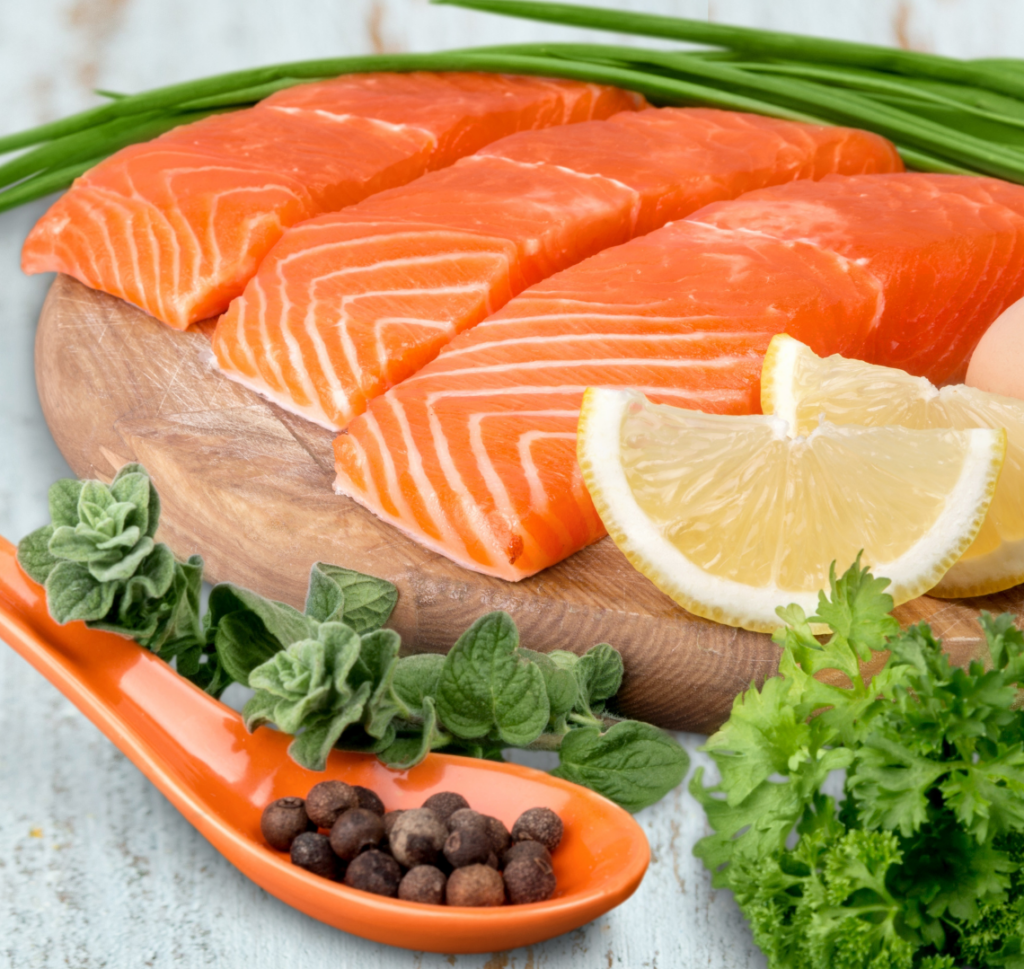
Tips to hit your protein goals
- Aim to include a source of protein in every snack and meal (or every 3-4 hours). This not only helps to reach your overall goal, but also stimulates ‘muscle protein synthesis’ throughout the day to support lean mass and recovery.
- Aim for this protein source to include at least 20-25g of protein, especially at mealtimes (see some example sources below).
- You don’t need protein supplements to reach your daily intakes, but when used in moderation within a high-quality, nutrient rich diet (e.g., you’re getting 5-7 portions of fruit and veg, healthy fats and enough carbs for the training you’re doing each day), then they can make reaching your targets a little easier. *Remember to opt for batch-tested supplements if you are a competitive athlete.
- If you are plant-based, aim to combine protein sources within a meal to create ‘complete’ protein sources (e.g., rice and beans within a veggie chilli). You can also opt for higher protein carb sources within your meals (i.e., opting for quinoa or chickpea/black bean/edamame pastas over regular pasta or white rice).
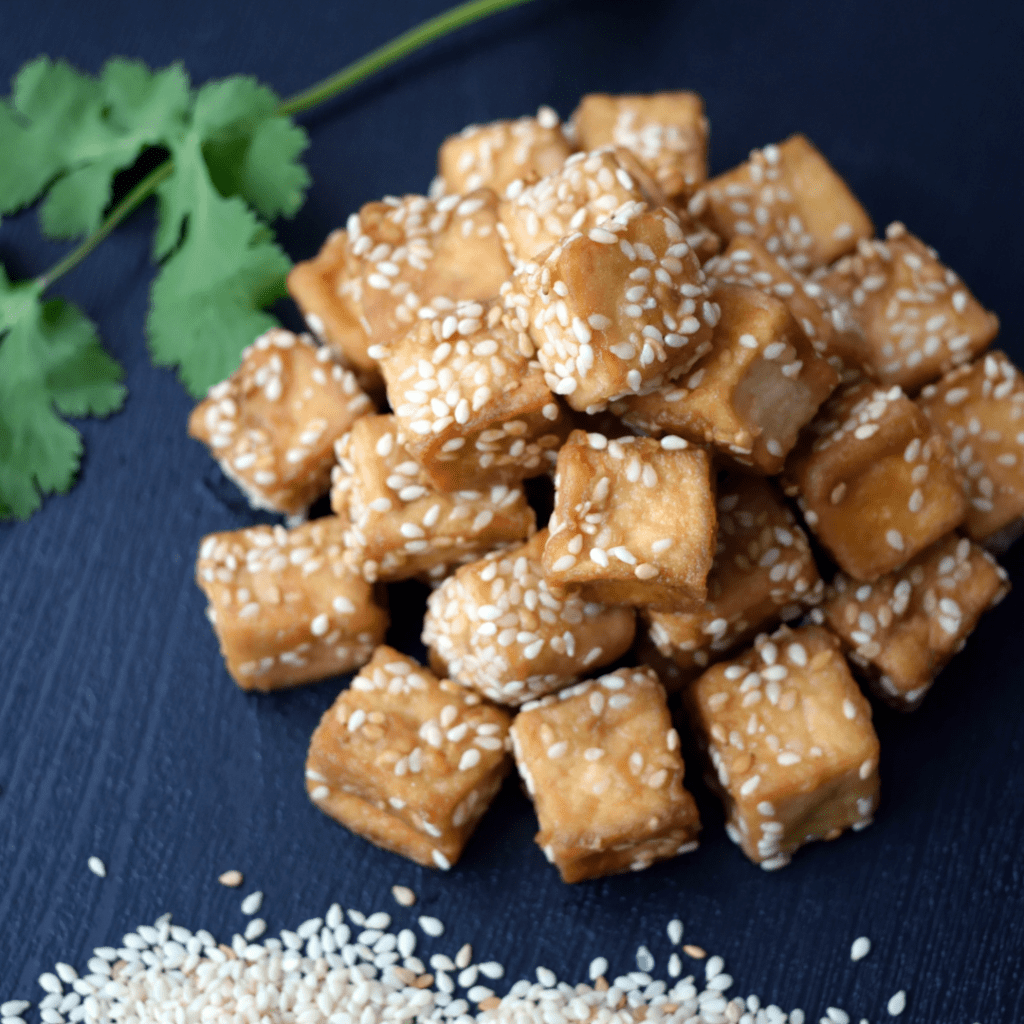
Examples of 20-25g protein
- 1x small chicken breast
- 4x large eggs
- 200g Greek or Icelandic yoghurt
- 1x fillet of fish or tin of tuna
- 1x tin of baked beans or 250g of black or kidney beans
- 150g chickpeas or 150g tofu
*High-protein diets are generally safe for most as long as you are not compromising intakes of other nutrients (such as fats, carbs and micronutrients). If you are unsure, please check with your GP first.
Rachel’s Instagram channel: @rcperformancenutrition
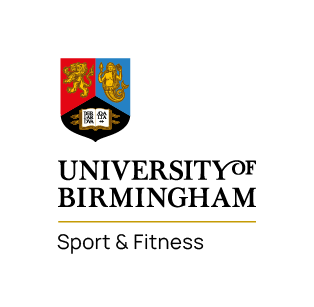


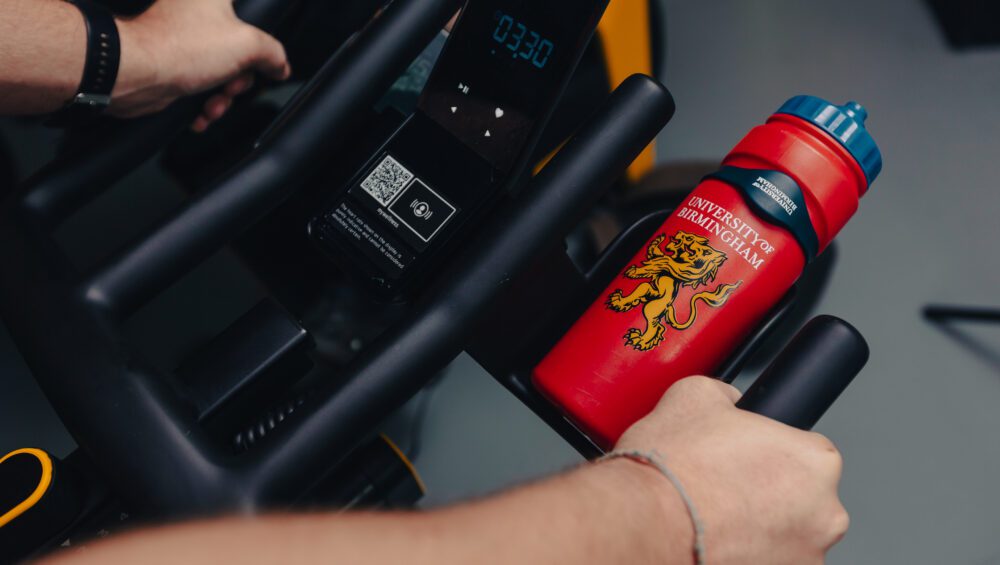
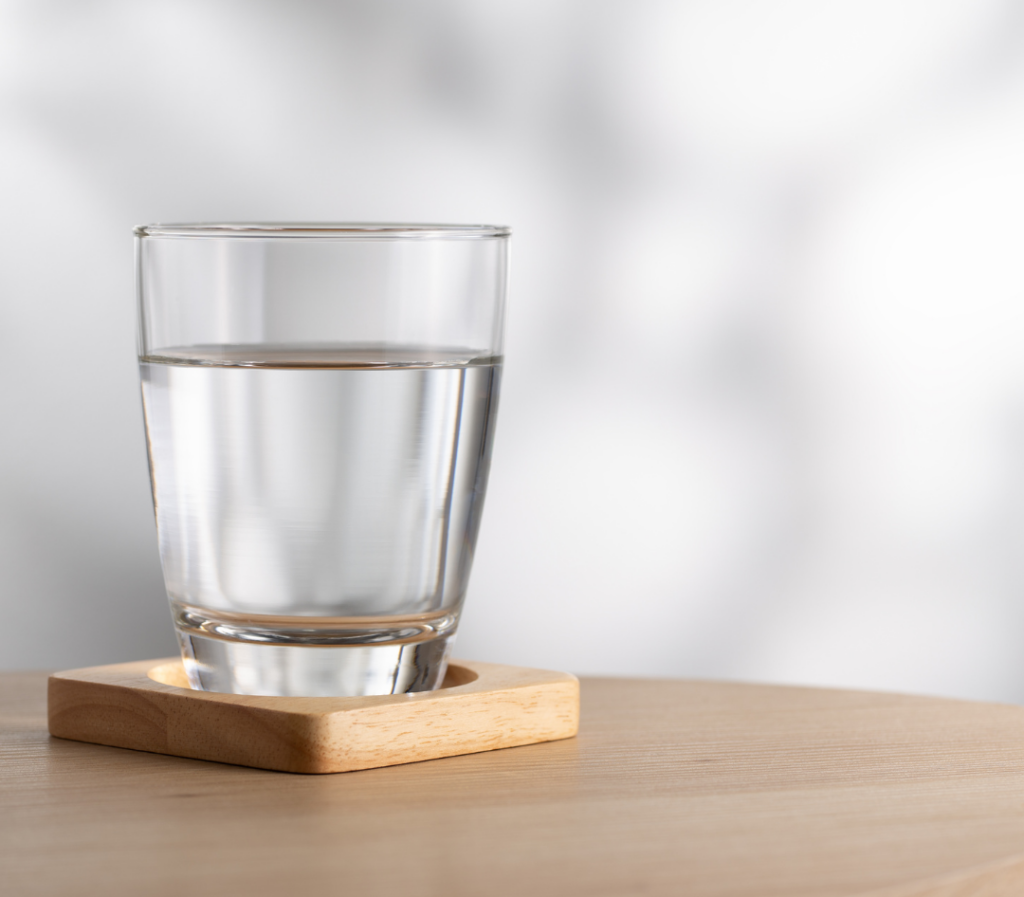
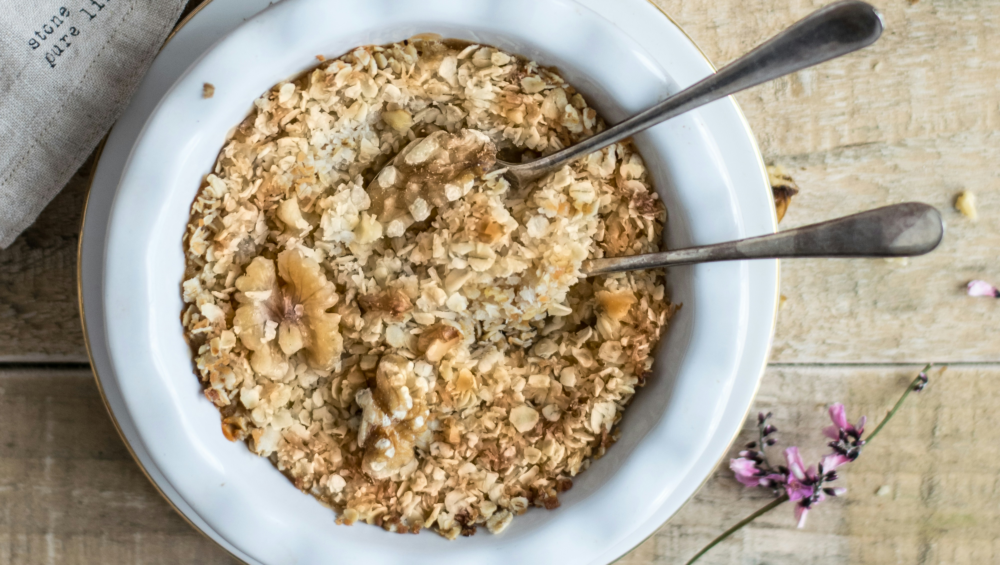
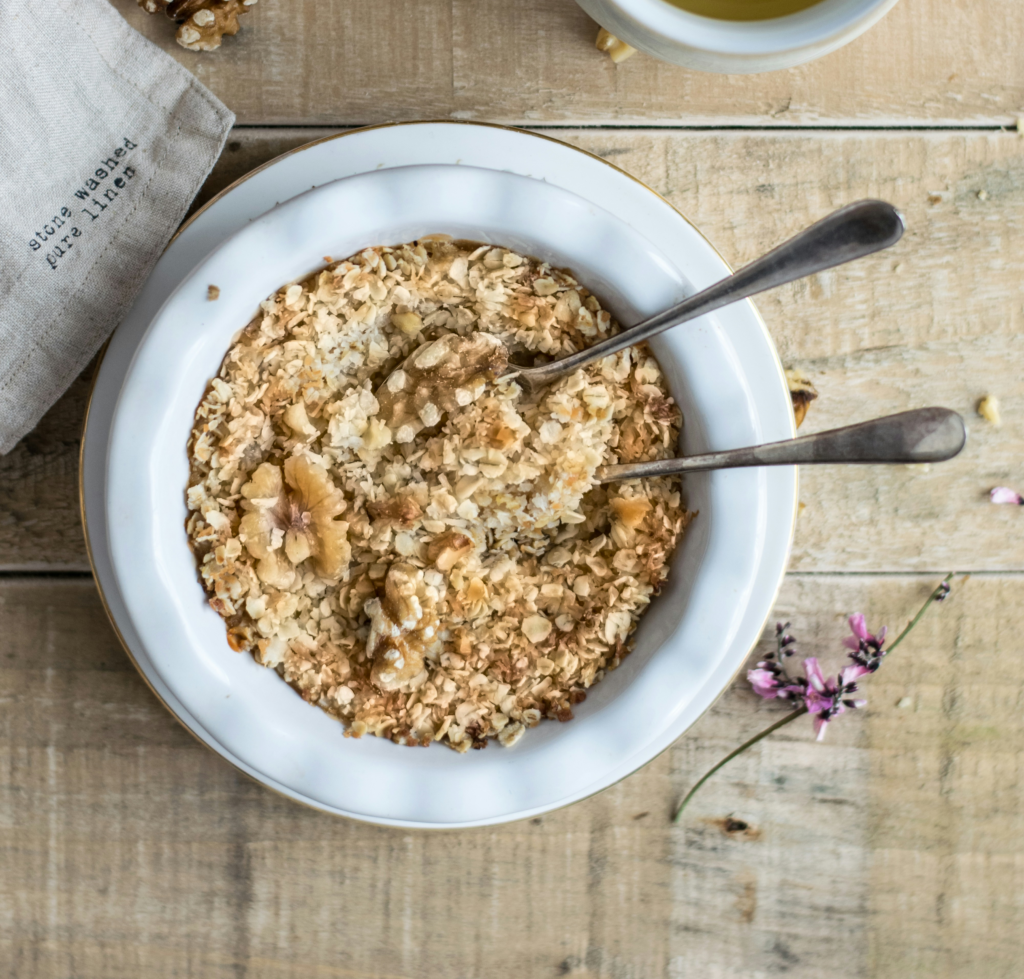

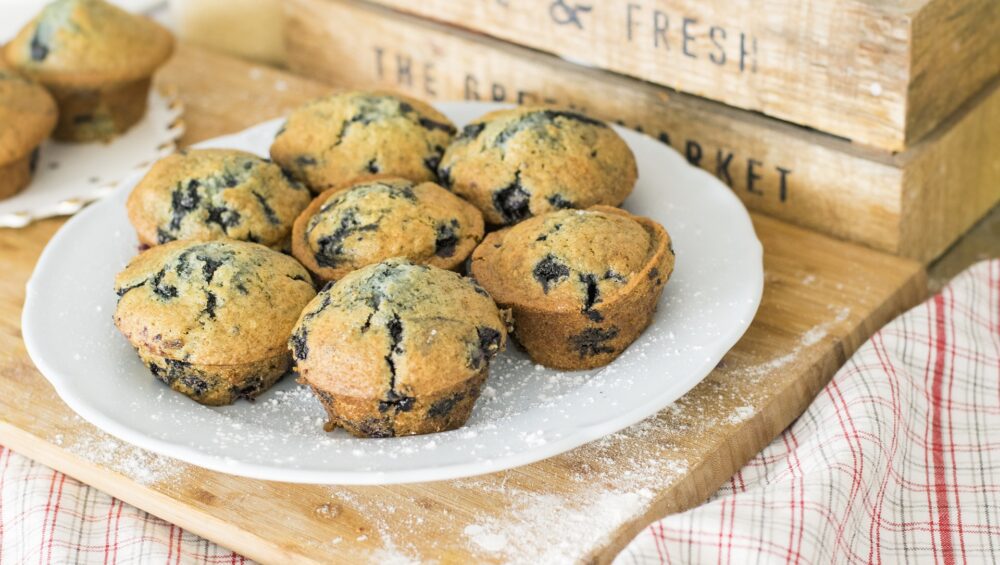
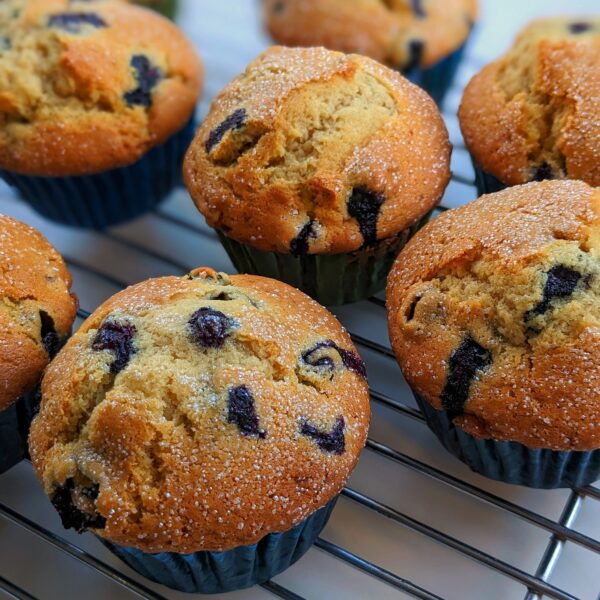
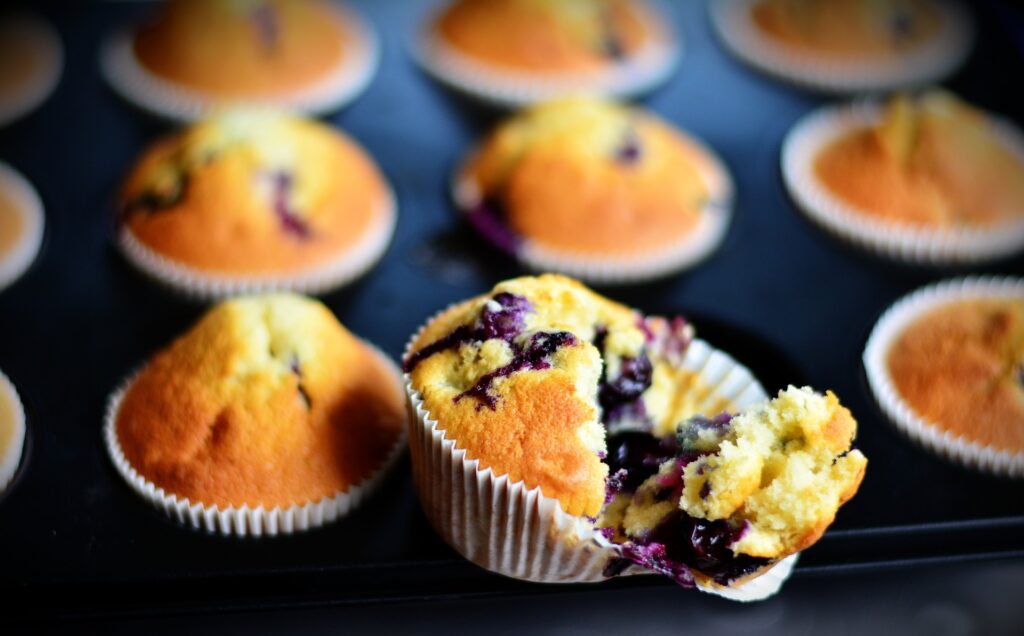
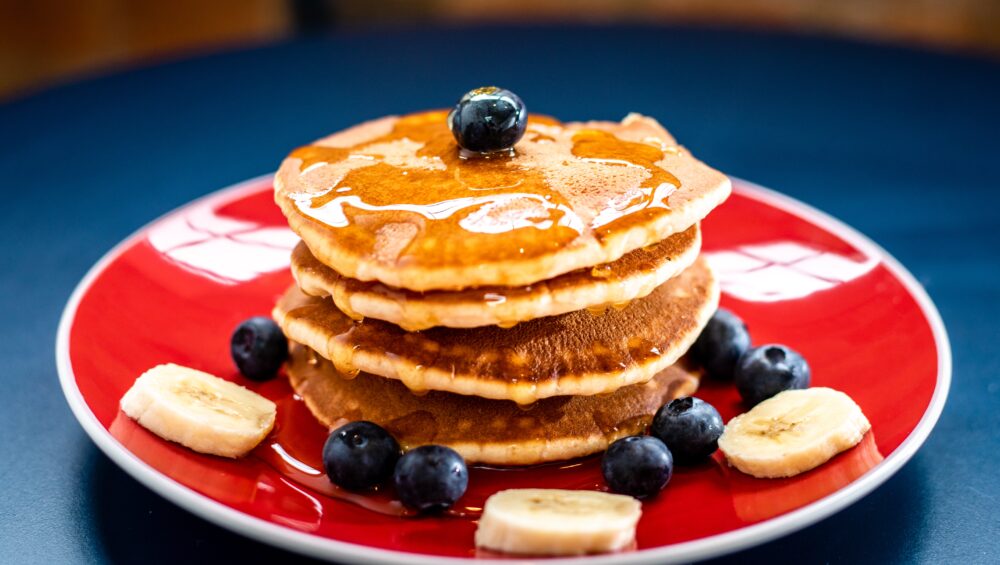
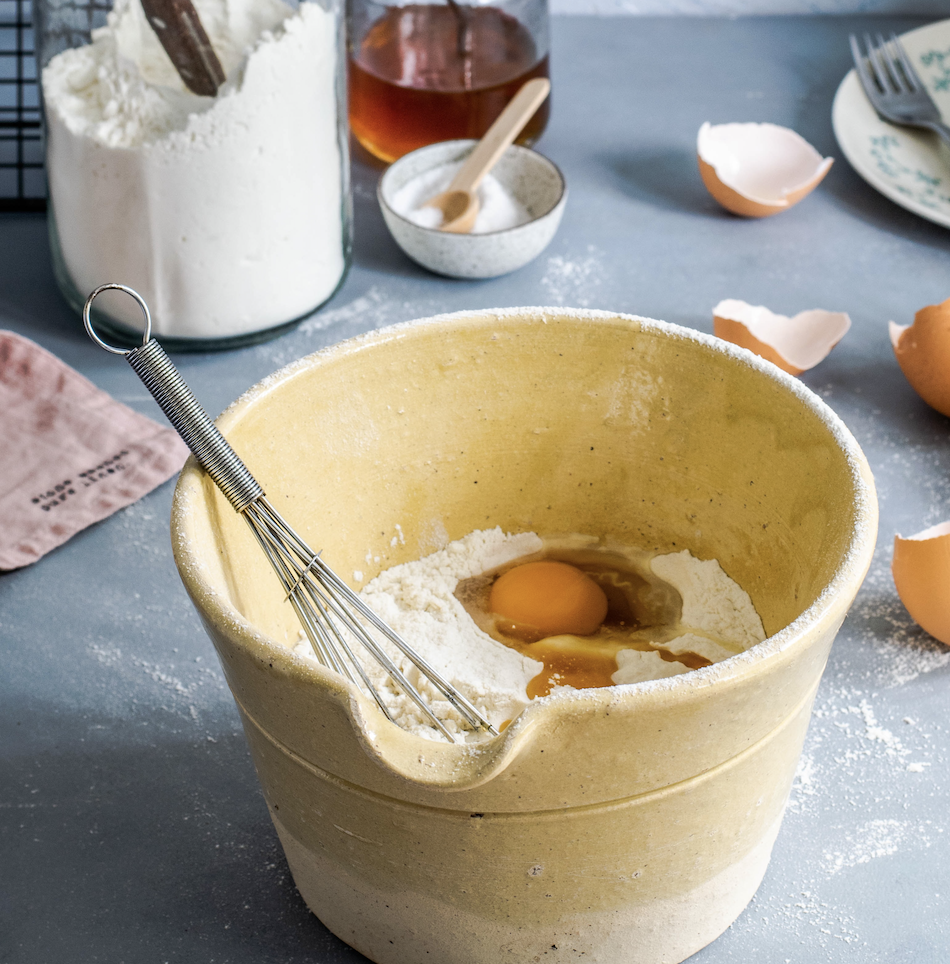
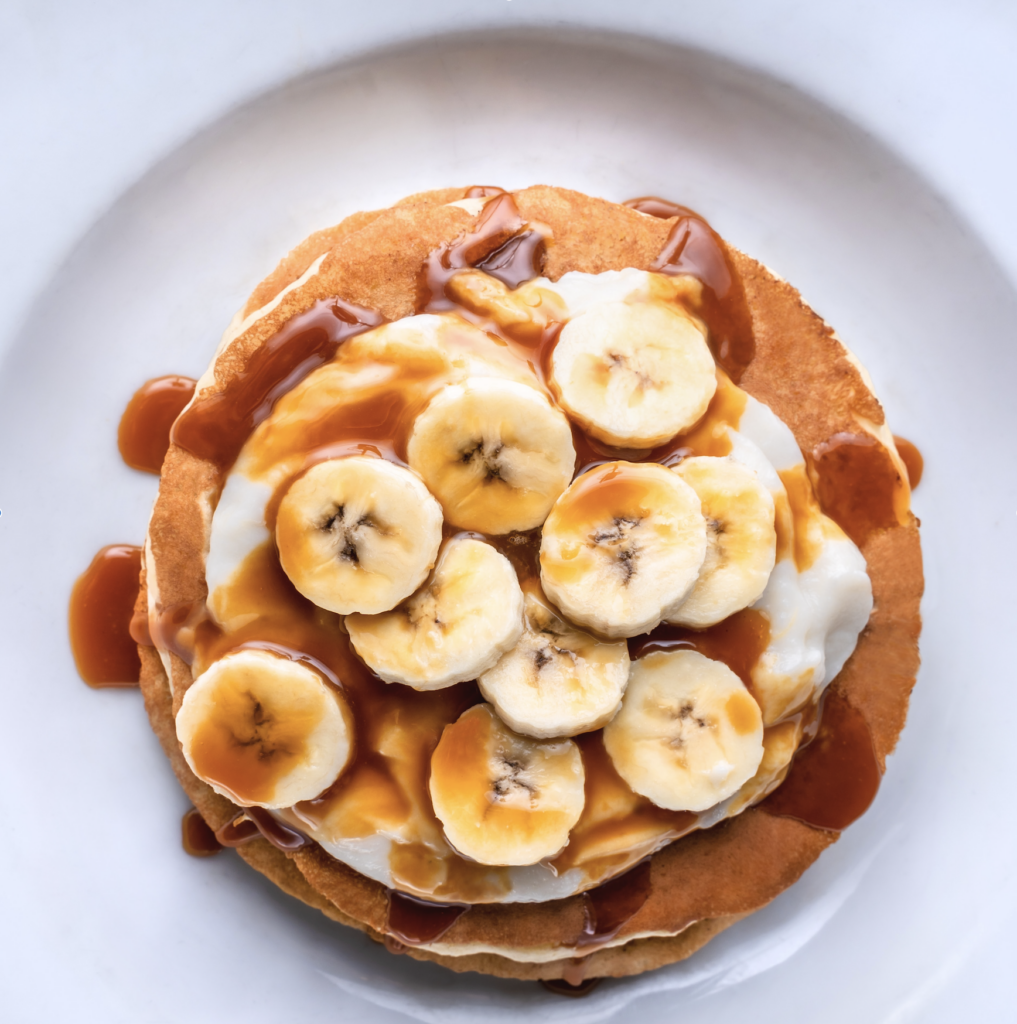
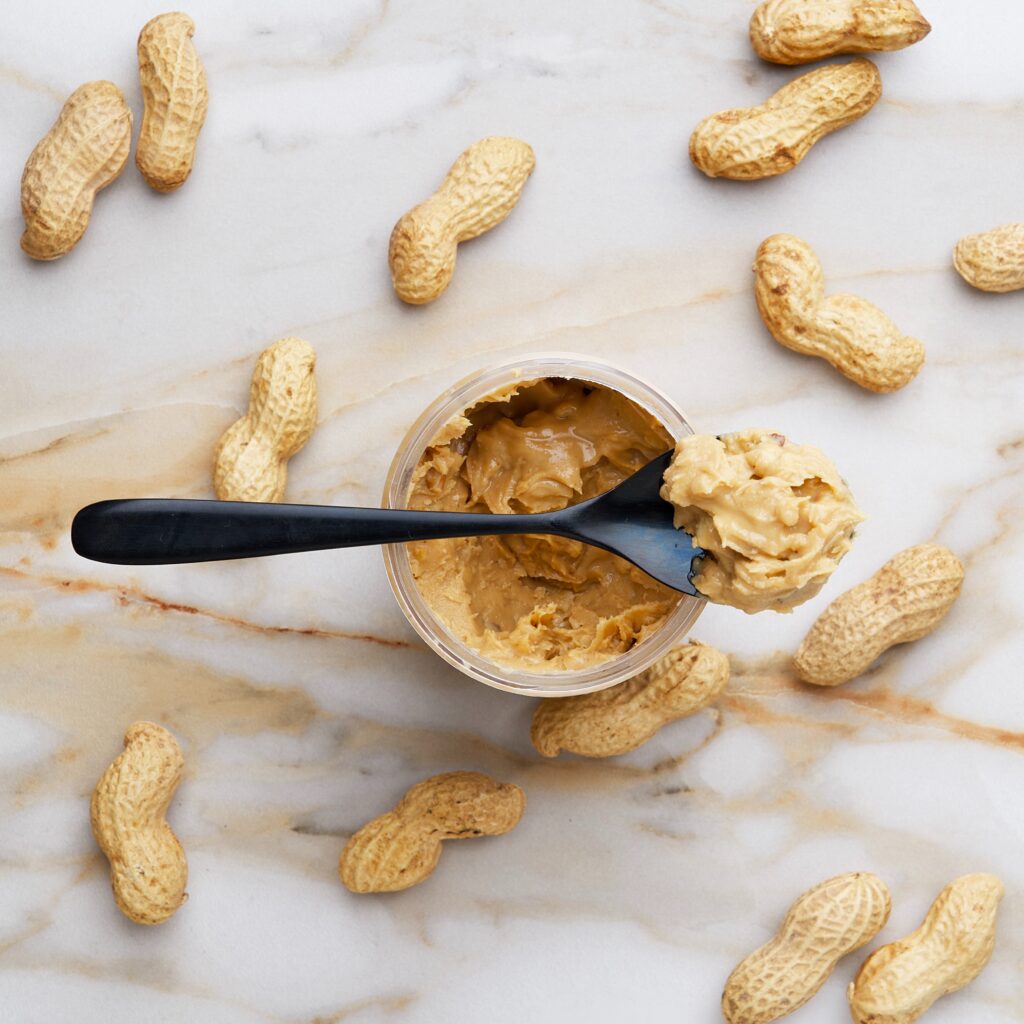




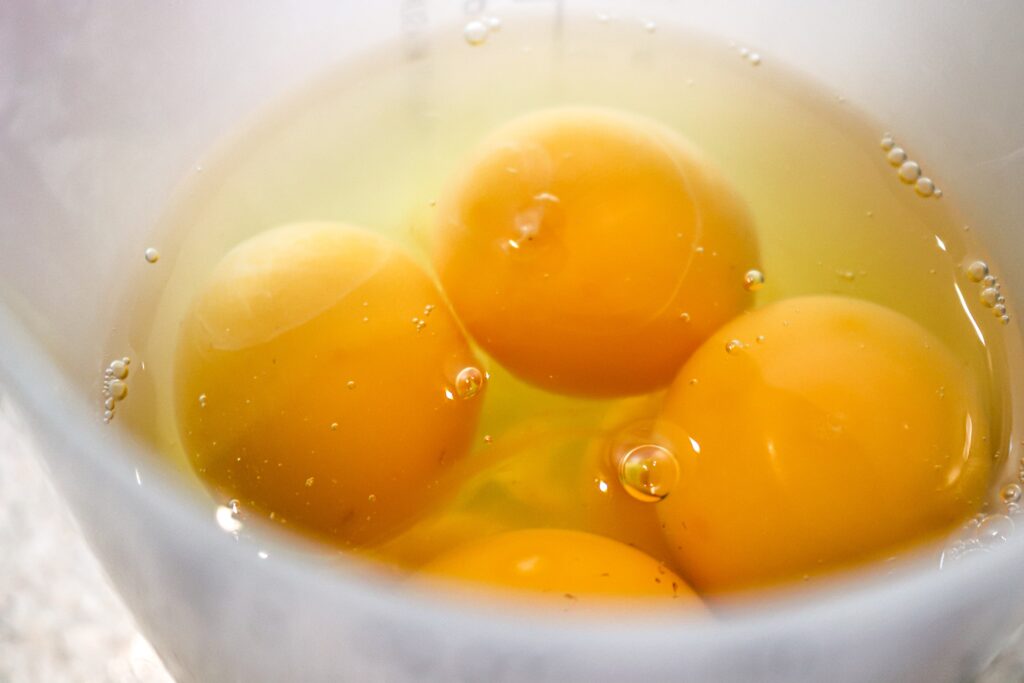
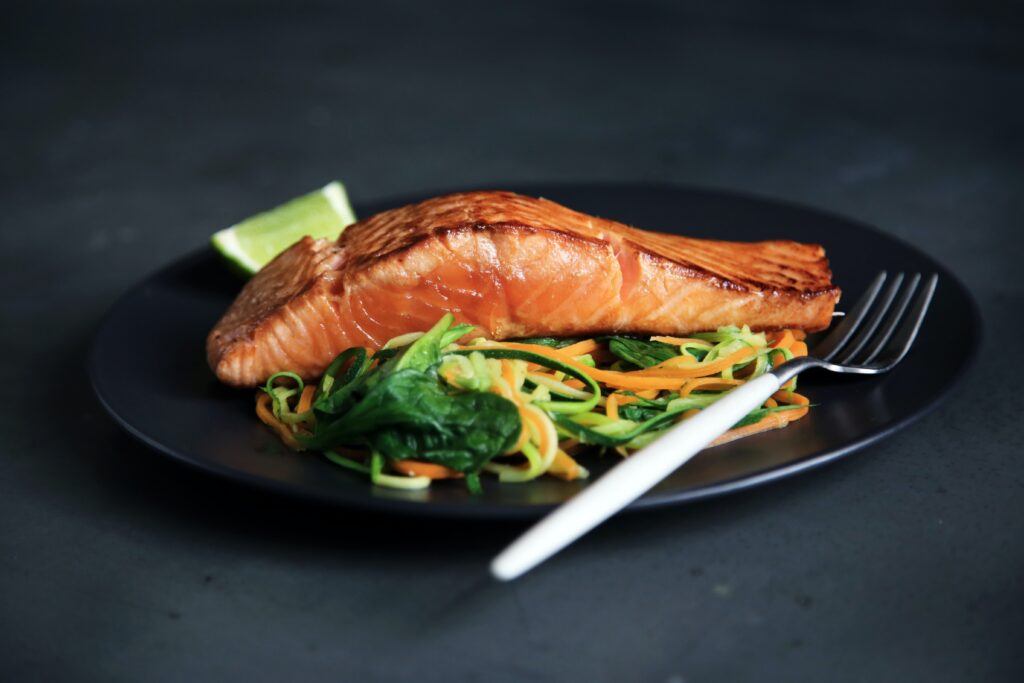
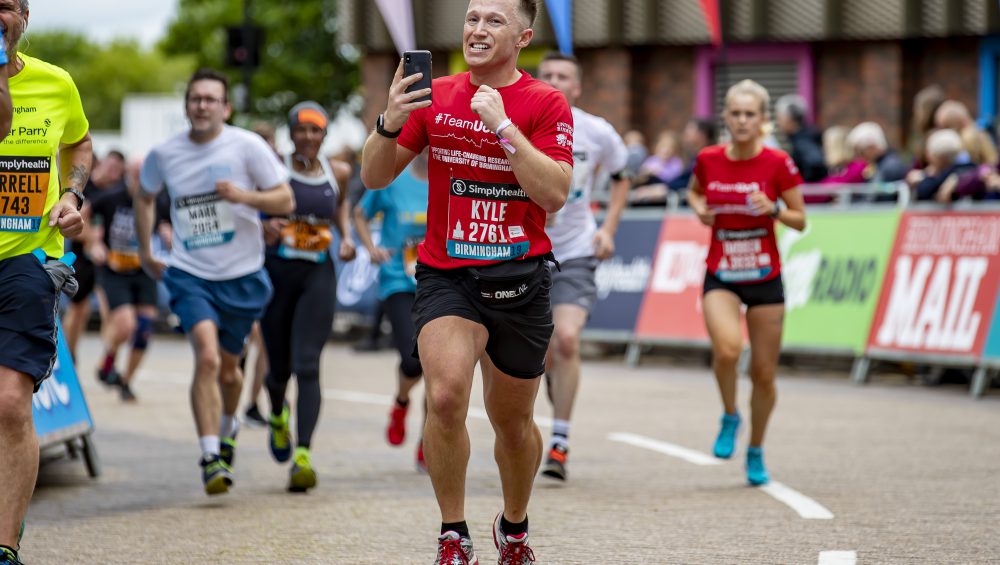
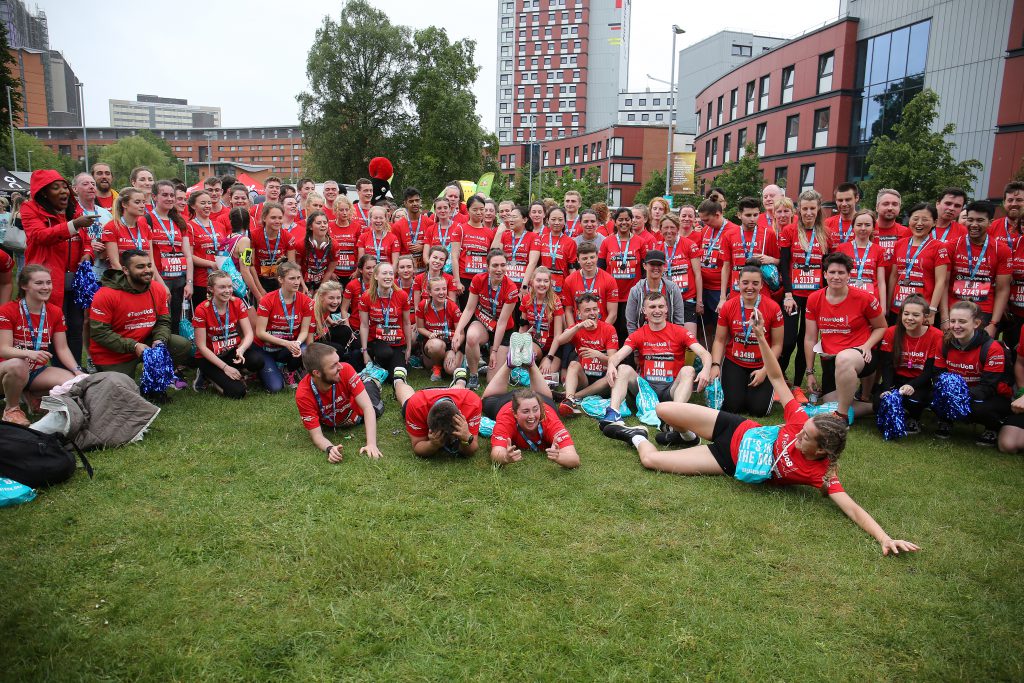
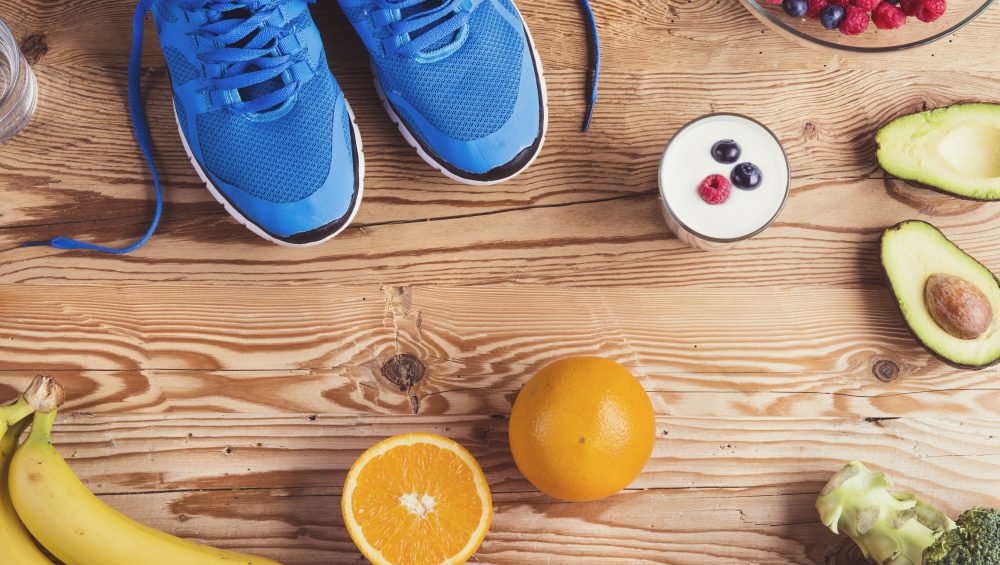

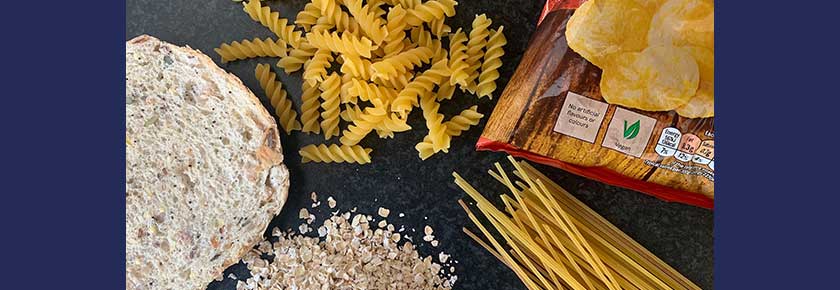
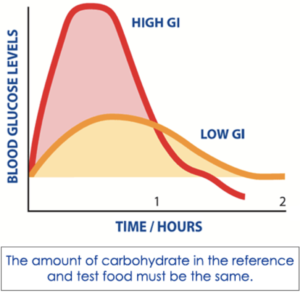 Glycaemic index of 56-69 = mid-range GI
Glycaemic index of 56-69 = mid-range GI
